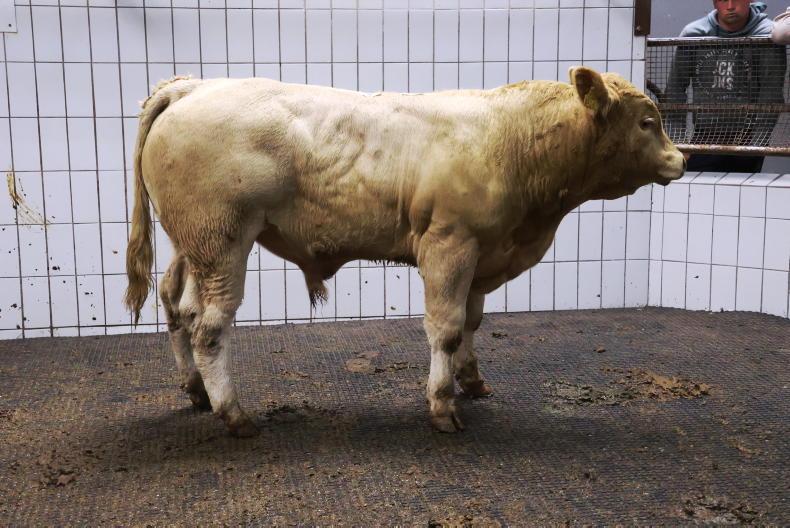1 Bluetongue is a virus spread by midges from animal to animal. This means an infected animal will only spread by midges and not directly from animal to animal.
2 The virus replicates in the midge and then is spread through the saliva when the midge bites.
3 The Republic of Ireland has not had any cases. There have been sporadic cases across the UK over the last two years. The source of spread or risk for us is bought-in animals from countries where it is endemic, but also there is a small risk of infected midges being blown across the channel.
These midges can be blown for up to 300km in wind.
4 The virus affects all types of ruminants but seems to affect sheep a lot worse than cattle. It causes much higher mortalities in sheep.
5 Bluetongue causes a lot of swelling and inflammation in the small blood vessels in the head of sheep. This inflammation often leads to a high temperature, swelling of the head region, breathing difficulties, drooling, runny eyes, ulcers in the mouth and sometimes lameness.
6 Cattle will often be infected with the virus without showing clinical signs. In cattle, the symptoms can often be less severe, with nasal discharges, swelling and ulceration around the mouth and sometimes teats. There is lower mortality with cattle but they can be infected in greater numbers.
7 It is called bluetongue because in very severe cases the blood supply to the tongue becomes compromised and the tongue turns blue (cyanosis). This is rarely if ever seen clinically.
8 In Europe, it has also been reported to cause foetal abnormalities and abortions in pregnant farm animals.
9 It does not affect humans.
10 There is a vaccine available which is not licensed in Ireland.
11 To make a diagnosis the best detection is by blood sampling.
Vigilance
We have no reported cases of bluetongue in the Republic of Ireland. We need to remain vigilant and be aware of the clinical signs. There are more common conditions that will also show a lot of these symptoms. It can cause big losses, particularly in sheep so it is important we remain vigilant and follow guidelines when importing animals from countries like France where bluetongue is active.
I’ve had two emails this week from two different sheep farmers wondering about controlling pink eye outbreaks in their flocks. Pink eye is an infection of both sheep or cattle’s eyes caused by a bacterium called chlamydia. It can sometimes be caused by mycoplasma or a herpes virus in cattle.
The early symptoms can be tearing or eyes getting runny. This can progress into more severe inflammation with reddening of the eye. At the end stage of the disease there can be a white or yellow spot on the eye which is the eye ulcerating.
It can cause a lot of pain for sheep and cattle. It is also contagious, which sometimes at housing can increase spread when feeding at round feeders.
Usually factors that help the infections start are anything that irritates the eyes. Long grass, high winds, very cold snaps of weather and flies during the summer months are among these factors. It can often be present outside but really spreads when animals are brought indoors in close proximity.
What are the treatment options?
Topical antibiotics into the infected eyes work well, with oxytetracycline-based products often being used. There are certain preparations that are designed to go into the eye. Things like antibiotic sprays are not designed for treating eye infections.
Injectable antibiotics also work well. Like any infection, the results are better when given early and for long enough. A lot of literature suggests long-acting tetracyclines for this. It is always best to talk to your own vet who is prescribing the medicines.
You can inject antibiotics underneath the sclera of the eye but this requires training and may be of little benefit over other treatments.
Group management
Due to the fact it can spread quite quickly through a flock, early intervention and isolation of suspicious cases is best practice. The big challenge with sheep is that they develop very poor immunity to the infection. This means they can get repeat infections. You can also have carrier animals that can keep spreading the infection. With severe flock outbreaks, the whole group often needs treatment with long-acting antibiotics to bring the infection under control.
Cases of pink eye can rumble on through the winter and my advice is to tackle the problem aggressively with a plan to get things under control early.









SHARING OPTIONS